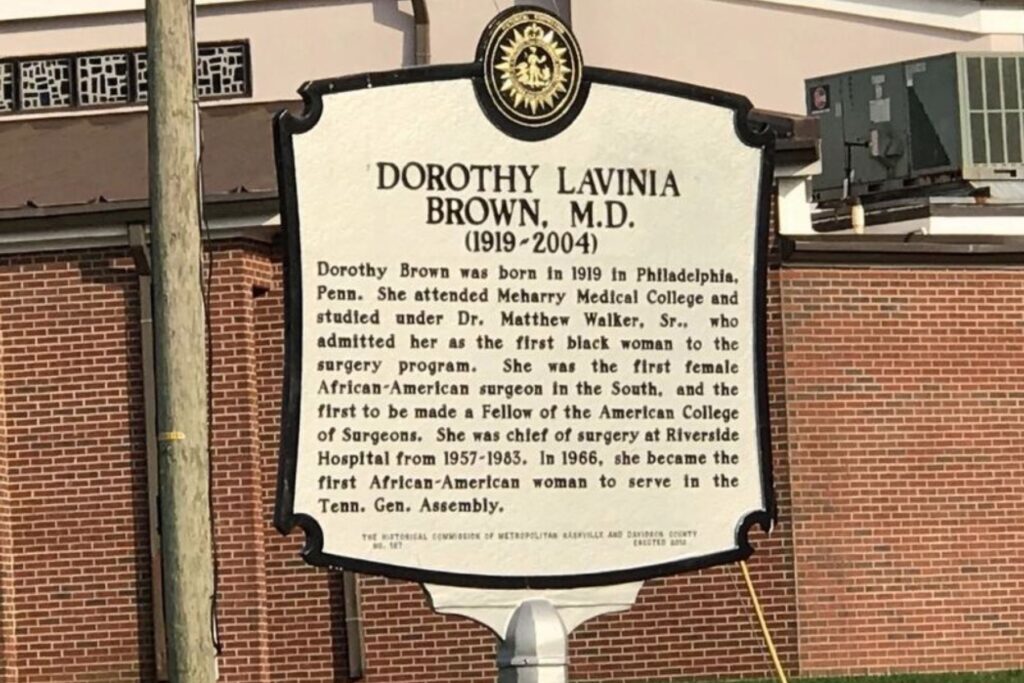
They’re big, metallic silver and stand about 8 feet tall. And yet, we’re all so busy getting from here to there; we often go right by without noticing. But if you take the time to stop and read one of the markers placed by the Metro Historical Commission, you can learn a lot about Nashville’s unique and varied history.
The first marker, “Heaton’s Station,” was placed in 1968 at a bend in the Cumberland River in North Nashville and commemorates one of the city’s first structures, a fortified house built for protection in 1780. Now, there are almost 300 markers across the city, with at least one in every council district. Today, we’ll talk about the importance of the marker program and how to get one made and planted. We’ll also find out all about the marker for Warehouse 28, a gay disco that also made possible the founding of Nashville CARES, and the double-sided marker that commemorates Riverside Sanitarium and honors Dr. Dorothy Brown, the first female African American surgeon in the South.
This episode was produced by Mary Mancini.
Guests:
- Jessica Reeves | Preservationist, Metro Historical Commission; Administrator, Historical Marker Program
- John Bridges | Author; Board member, Metro Historical Commission
- Bennie Thompson | Founder and Chairman, Riverside Historical Society
- Michael Hubbard | Member, Riverside Historical Society; Executive Director, Charles and Etta Dudley Foundation
Further reading and listening:
- WPLN News | On A Downtown Corner, A New Marker Acknowledges Nashville’s Slave-Trading Past
- NPR Investigations | Off The Mark: The fractured landscape of U.S. historical markers
- Read about all the people, places and things Nashville’s historical markers commemorate at the program website.


